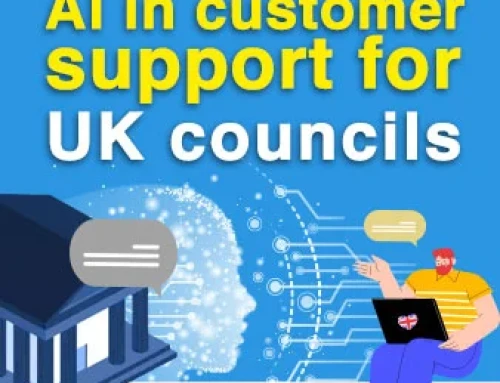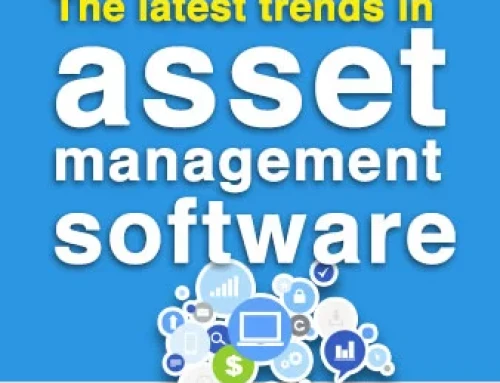How owning the IT systems can help local councils to improve services?
Risk. Innovate. Enhance.
It is impossible to compare the functioning of a government to any large multi-national organisation. The government caters to all the citizens by providing different services. It has to meet expectations of the citizens. Owing to the advancements in technology and adoption of modernization in private sector, the citizen hopes are increasing.
Citizens expect the same level of convenience and response from the local authorities. They want better service delivery. They expect their elected authorities to serve them with a quality experience.
But is it easy for the government to deliver services and manage administration? Well, it is a tough nut to crack! Considering the way they have been functioning for years, a new change is not welcomed so easily. There are limitations in terms of budgets, stakeholders, policies, risks, infrastructure, laws, resources, and willingness to change. Going gets tougher for the local authorities with pressure to improve services on one side and taking risks on other. ‘Government Digital Transformation’ offers different opportunities and risks.
The UK Government ranked first in the 2016 United Nations E-Government and E-Participation surveys. The survey captured the efforts made in moving citizen interactions online.
It is indeed a thing to be happy about. But, the race doesn’t end here. In fact, we are yet to achieve a complete government digital transformation. The UK’s Government Digital Strategy has always encouraged the councils to focus on ‘cloud-first’ approach. It is a strong motivation for the councils to consider an agile solution like Cloud. But, many councils and departments are still afraid of moving away from old legacy IT systems.
Old is not always Gold!
Local authorities stuck to legacy IT systems are losing their position in the game. It takes lots of effort and time to develop and put these systems into place. And by the time these systems come into action, there are already new developments in the market. Also, maintaining such systems means spending huge money, dependency and worn-out ways of working for the councils. These large systems have lost their relevance.
There are various reasons on why the local authorities are still into this old school. One of the reasons is the ‘risk factor’. The councils prefer tried-and-tested systems than going with the new ones. They are bound to long-term contracts with the legacy systems. Or, they want to extract the full value for money invested in the legacy IT systems. Also, there is a lack of talent to manage newer technologies.
It is high time for the councils to take the leap of faith. There is a strong need to go new. And there are strong reasons to support the government digital transformation. The councils need to take the risks. Considering the success of modern cloud solutions in other sectors, the risk is all worth it. With a proper planning and vision, the councils can gain success.
Here are few pointers to be kept in mind to think through the agile systems-
Learn, Learn, Learn!
The UK government has many successful examples of working with the cloud. Local authorities can look upto them and plan their move. Understand the exact functionalities of the system and the process of migration. The council leaders can gain insights from the already available tools in the market. It will help them to take a balanced risk. A majority of the council functions similar to each other. That’s why; it is easier to replicate a well-implemented system. Look around, learn and make a decision.
Recruit and Retain
A big hurdle for the councils is lack of appropriate people working towards this transformation. The baby boomer generation with the knowledge of legacy systems is about to retire. There is a need to recruit the specialists, train the existing staff with newer technologies and ensure they stick with you. A dedicated team of council employees can enable this transformation. The staff should be familiar with the cloud solutions. They can be more productive with the technology.
Strategize the Journey
It is not only about the outcome, but the entire journey of transformation. Aim for an end-to-end solution that will help to streamline the entire working. The local authorities need to begin with citizen-facing portals. Then, focus on internal processes. And then ultimately cross-department collaboration will give a makeover to the entire administration. It takes proper planning, understanding the need to change, areas of change, budgets, evaluate the risks and then begin the journey.
Partnership and Procurement
As mentioned earlier, the councils can learn from successful implementations. Similarly, they can rely on service providers who have proved themselves. Procuring the right vendor plays a crucial role. Be clear about the needs and work out with the solution provider. Alternatively, there are many examples of unitaries between the councils. The councils can seek an initial approach to share a joint IT estate to balance the risks. Later, once they have gained confidence, they can realign their own framework. The savings can be huge!
Consistency and Continual Improvement
Technology is newer every moment. The key to success is evolving with time. There is no end to this journey called government digital transformation. One of the advantages of using modern systems is they are flexible and agile. The councils can configure options to scale, personalize and own their systems. They can actively seek feedback from citizens and their workforce. Then, it will be easier to take the risk and migrate to better options.
Risk or Regret?
It is hard to take risks when you are governing a nation. People look up to you for basic amenities to quality services. But, our experience with the public sector says that the risk is all worth it. In our recent post, we shared about the Chatbot revolution. Such newer technologies are going to stack up and make our lives easier. Government digital transformation is the need of the hour. The local authorities should buckle up and take the risk. They should migrate to the cloud and automate their process. Own your innovative systems and expect more efficient workforce, effective citizen interactions and increased revenues.
Cloud awaits you!





